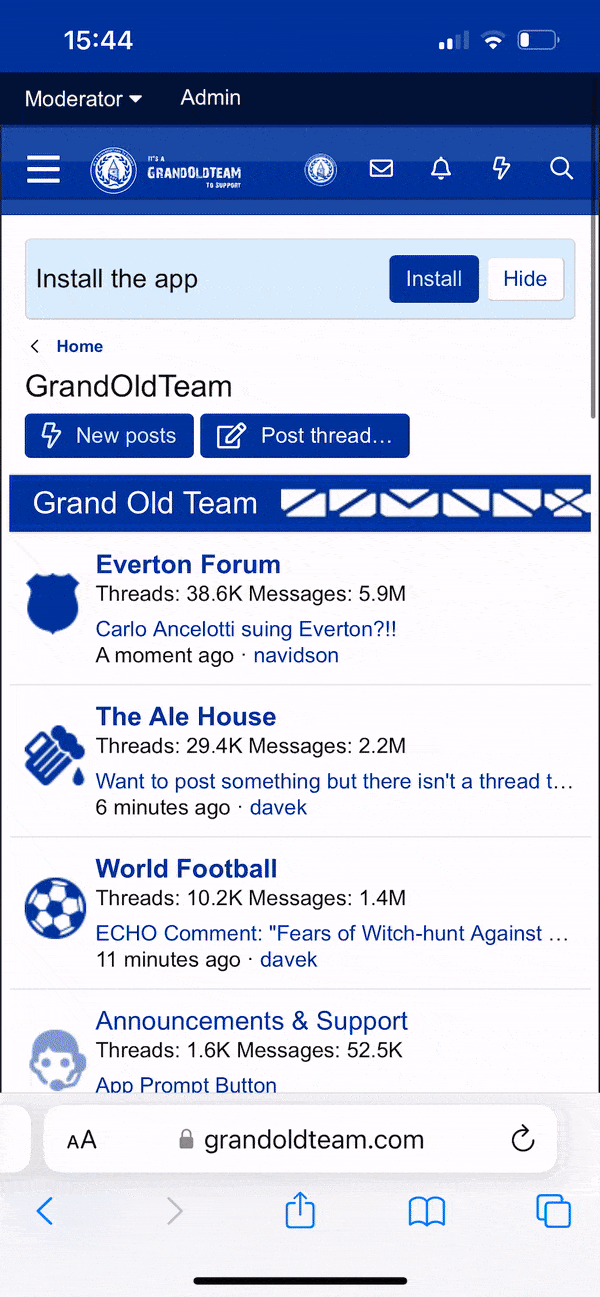Clyde FC legend Tommy Ring...in what looks like a red Scotland top? The blues signed him - My late brother stated he was a fantastic winger for us till a bad leg break -


Follow along with the video below to see how to install our site as a web app on your home screen.

Note: this_feature_currently_requires_accessing_site_using_safari

I will ask my older brother, but he has never mentioned him...........nope, Joey, can’t say I’ve heard of him. My lifetime, but before I started watching.
